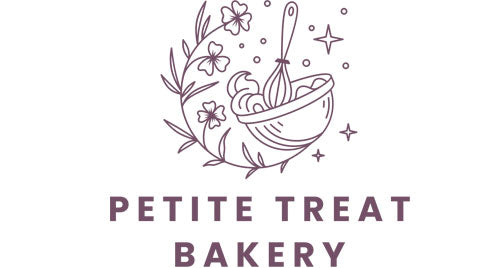
How to Provide Transparent Pricing for Custom Orders
When I first started baking professionally, one of the toughest mental hurdles I faced was feeling confident in my pricing. As a new baker, I struggled with the idea that I wasn’t “qualified” enough to charge appropriately for my time, effort, and skills. Over time, I realized that this mindset wasn’t just holding me back—it was doing a disservice to my customers and my business.
One of the strategies that completely changed my approach was embracing pricing transparency for custom orders. By clearly breaking down the costs for my customers, I found that they not only appreciated the honesty but also gained a better understanding of the value behind their order. It also gave me the confidence to stand by my pricing because every line item was fair, defendable, and reflective of the quality and care I put into my work.
Most customers don’t think about the true cost of quality ingredients, labor, and overhead. It’s also common for them to compare home bakery prices to grocery store prices. As home bakers, we simply can’t compete with grocery store pricing—and that’s okay. Why? Grocery stores benefit from economies of scale, baking in massive volumes and sourcing ingredients and packaging at deep discounts that we don’t have access to.
The difference between their products and ours is quality. Our baked goods aren’t just treats; they’re crafted with care, using better ingredients, personalized customization, and a level of attention to detail that’s impossible to replicate in mass production.
To help my customers understand the value of their custom orders, I break down the pricing into a few clear categories:
- Ingredients: The total cost of all ingredients used in the order.
- Packaging: The cost of boxes, bags, labels, or any custom wrapping.
- Labor: The number of hours required to create the product, multiplied by my hourly rate.
- Overhead: A percentage allocated to cover expenses like insurance, electricity, and equipment maintenance.
- Profit: A percentage dedicated to reinvesting in my business and ensuring its growth.
With this breakdown, every component is easy to explain and justify, which makes the pricing feel fair and professional to both me and my customers. For example, if a customer orders a $100 custom cake, I can confidently show them exactly where that $100 goes. This transparency helps build trust, reduces price sensitivity, and often leads to repeat customers who appreciate the effort and quality behind each order.
Now, you might be wondering why I don’t use the same transparent pricing for items at farmers markets. The truth is, the price points for market items, like a $4.75 cake pop, are significantly smaller. The same level of transparency just isn’t as practical or necessary because consumer price sensitivity is different for small, impulse or intentional items versus a larger investment like a custom cake. However, the principles of fair pricing still apply, and I ensure my prices reflect both the quality of my work and the value I bring to my customers.
If you’re looking to dive deeper into the specifics of how to calculate fair pricing using this exact same breakdown down above, check out my blog post titled Pricing: How to Price Your Baked Treats Accurately. In it, I share the detailed formula, with an example, that will help you model your pricing and ensure every component is accounted for.
I hope this guide gives you the confidence to present your pricing transparently and proudly stand behind the incredible work you do. Remember, what you’re offering is so much more than a baked good—it’s a unique craft, and you deserve to be compensated for it.
Happy baking, everyone! If you have questions, feel free to check out our FAQ section or connect with us in the community group. You’ve got this!
